undefined
Implementation examples of central signal sources for new energy vehicles
2021.06.18
User requirements
New energy vehicles usually require a variety of analogue and actual signals when testing positioning and navigation components and various signal reception devices. When testing directly into the equipment interface, it is convenient for equipment debugging, positioning, inspection and other operations; and each signal interface requires access to an outdoor antenna or signal source which will inevitably cause outdoor sky tension, increased costs and other problems, and access to the signal to be able to control the signal strength forwarded to the equipment under test; Starfire Source makes a professional solution for this, when the equipment under test requires different signals, the When the equipment under test needs different signals, the signal source and the actual antenna signal forwarding plus amplification of the way to achieve different signal access test automotive test plant.
Programme Description
① a standard wireless signal source system;
② A set of AM/FM actual signal transponder systems;
③ A set of actual GNSS signal transponder system;
④The output signals (5 in total) from the above systems are transmitted to each test point in the factory laboratory as a supporting distribution project.

The programme is divided into five different signals: high frequency signals, low frequency signals, actual radio signals, actual GNSS signals and simulated GNSS signals. The project is divided into an environmental laboratory, a functional test room, and an EMC laboratory, in three parts. The introduction of signals to these three areas needs to be carried out separately.
Actual signal: The GNSS active antenna is placed on the roof rooftop in an unobstructed position and fixed by the antenna mount; the signal is forwarded and amplified by the signal transponder to increase the signal C/N value; and the signal is introduced into the test port by means of a multi-stage split.
Analogue low frequency signals: For analogue signals, three different low frequency signal sources are fed into the low frequency distribution system via a three-in-one combiner and are connected to the test port in different rooms by means of a multi-stage common denominator.
Analogue HF signals: The HF signals are mainly fed into the HF 2-in-1 combiner from two signal sources and into the HF distribution system, which is connected to the rooms by means of multiple splitting.
AM/FM signals:
New energy vehicles need to use a large number of AM/FM signals during production testing, and the arrangement of a large number of AM/FM signals requires the use of a large number of corresponding antennas, resulting in tight sky resources, Starfire makes a solution for this, only one corresponding AM/FM antenna needs to be configured in the sky to solve the signal required by indoor AM/FM equipment; Starfire indoor AM/FM system through the outdoor deployment of After the AM/FM antenna has been installed outdoors, the signal can be amplified and forwarded via the AFS104 and amplifier to achieve a maximum of 8 channels to the corresponding AM/FM equipment, so that one antenna can be connected to all AM/FM (signal forwarding): for a smaller number of AM/FM equipment, a separate signal forwarder can also be used to achieve signal distribution in order to save costs.

Advantages
1. A single antenna can introduce signals to multiple rooms and can control the signal strength;
2. Digital gain display: LED digital display, clearly showing the current amplifier gain;
3. Push-button gain adjustment: you can adjust the gain you need by pushing the up or down button;
4. Power control: Toggle the power switch to easily control the power supply status of the system.
5. Serial port command control;
6. Input port power-on setting;
7. Frequency coverage includes GPS, Galileo, GLONASS and Beidou2 bands. It has a gain of 0-30dB, a noise factor of less than 3dB and a power consumption of less than 100mA.


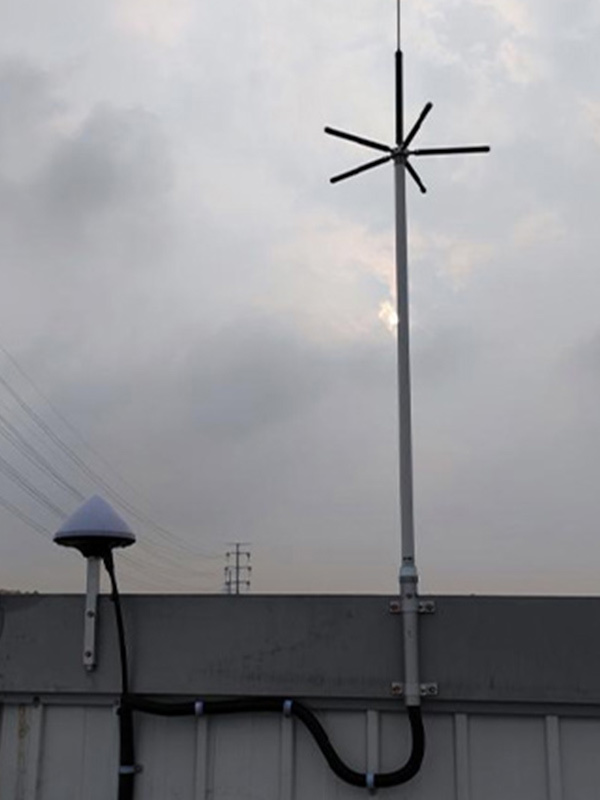
Photographs of the site works layout
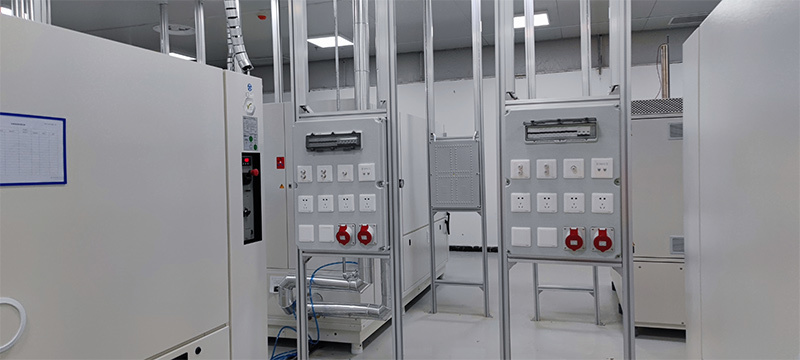
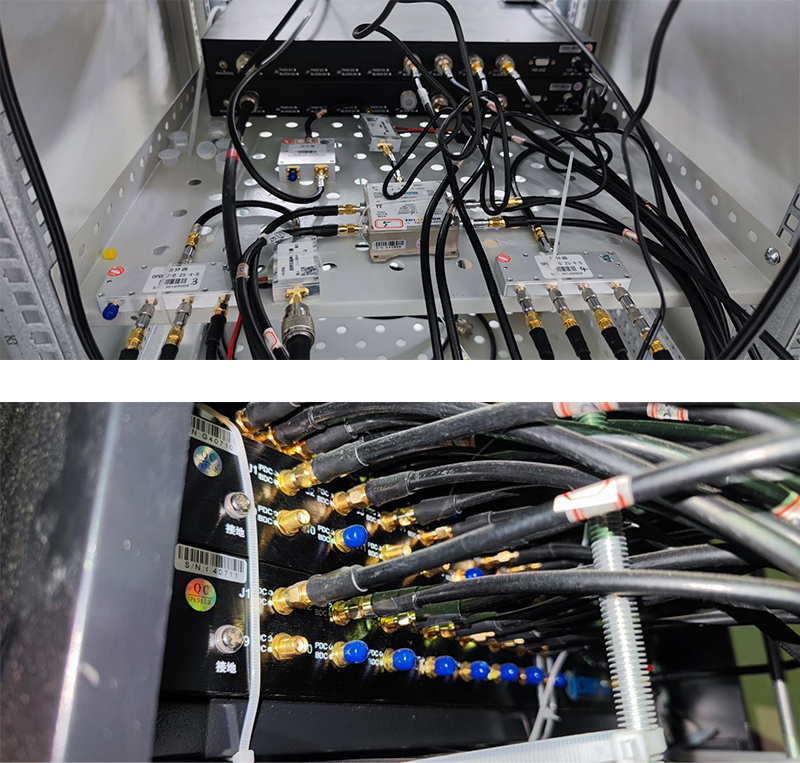
Laboratory test sites
Field acceptance results:
- GPS wired signal characteristics:
- Number of satellites locked: more than 4;
- FFTT: less than 60 seconds;
- The above data obtained by testing data from a common GPS receiver;
- GPS signal strength: controlled at -110dBm ± 1;
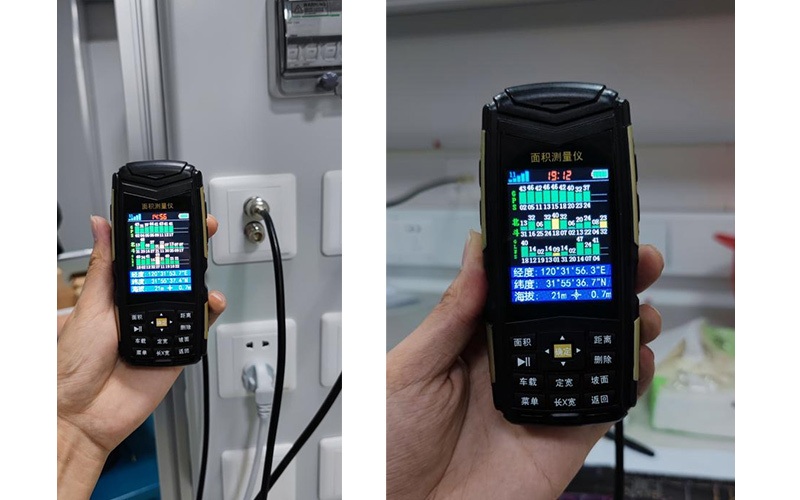
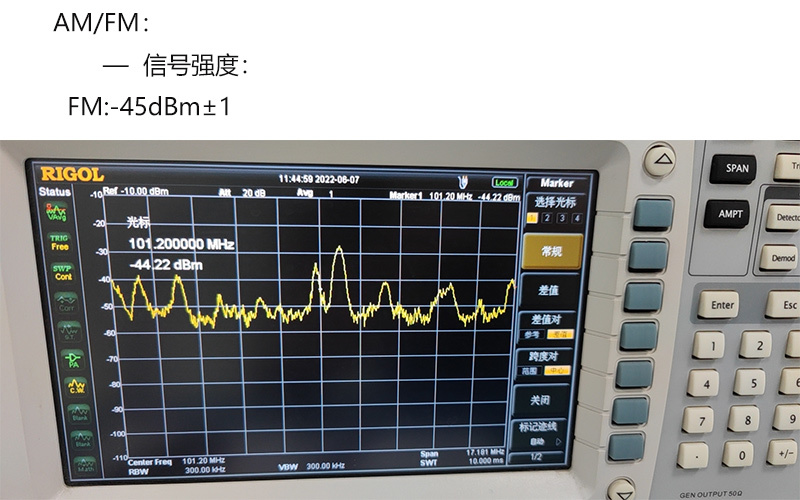
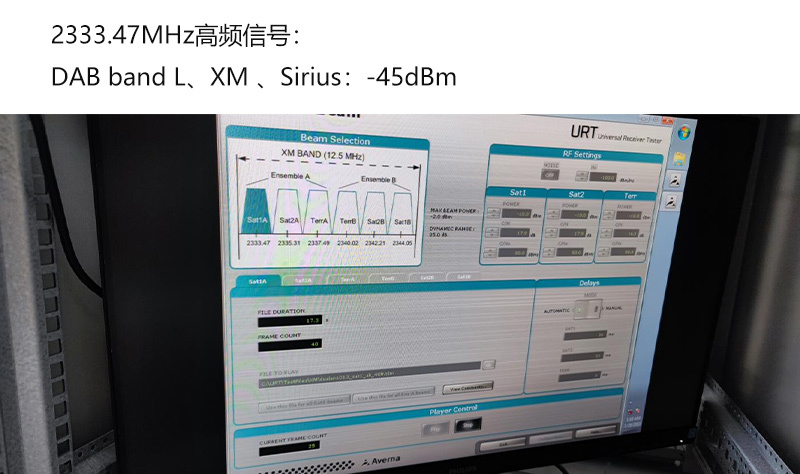
Previous Page
Previous Page
Copyright: Shenzhen GEMS NAVIGATION Co., Ltd.
COOKIES
Our website uses cookies and similar technologies to personalize the advertising shown to you and to help you get the best experience on our website. For more information, see our Privacy & Cookie Policy
COOKIES
Our website uses cookies and similar technologies to personalize the advertising shown to you and to help you get the best experience on our website. For more information, see our Privacy & Cookie Policy
These cookies are necessary for basic functions such as payment. Standard cookies cannot be turned off and do not store any of your information.
These cookies collect information, such as how many people are using our site or which pages are popular, to help us improve the customer experience. Turning these cookies off will mean we can't collect information to improve your experience.
These cookies enable the website to provide enhanced functionality and personalization. They may be set by us or by third-party providers whose services we have added to our pages. If you do not allow these cookies, some or all of these services may not function properly.
These cookies help us understand what you are interested in so that we can show you relevant advertising on other websites. Turning these cookies off will mean we are unable to show you any personalized advertising.

